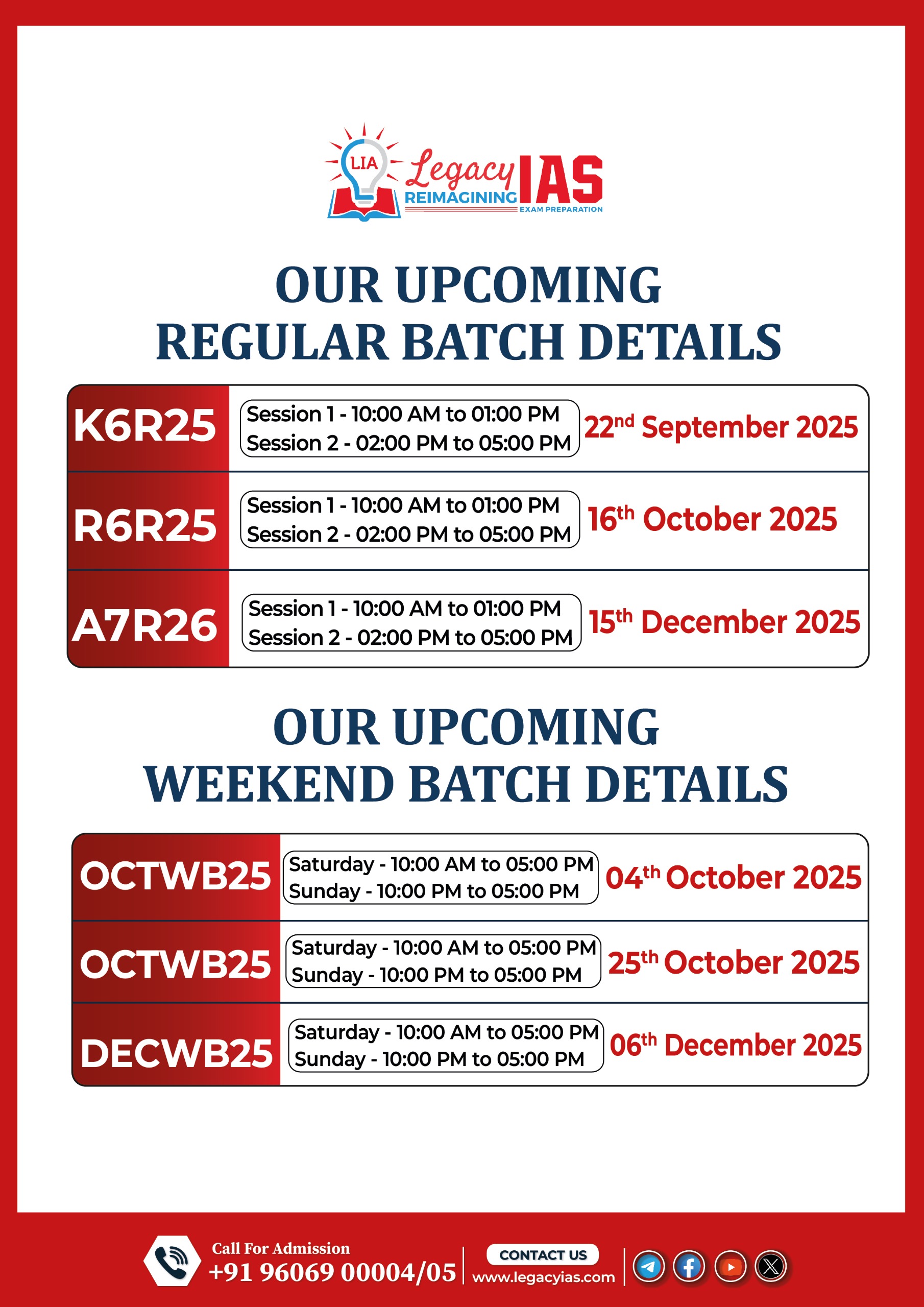Sri Lankan Prime Minister, Ranil Wickremesinghe, touched upon a less emphasized yet significant aspect of India-Sri Lanka relations — the commonality between Sri Lanka and the southern parts of India. He even said he would “easily fit into Chennai or Kerala without a problem, while similarly, people in the south can fit in here”.
Relevance
GS-II: India and its Neighborhood Relations.
Dimensions of the Article
- The sub-regional context
- Aid from India
- Baggage of history as hurdle
- Vast potential
The sub-regional context
- Mr. Wickremesinghe in August 2003, called for the development of the south India-Sri Lanka subregion as a single market that would provide more opportunities for the economic growth of both countries.
- He highlighted the fact that the five Indian southern States, with a total population of 250 million, had a combined gross state domestic product of nearly $450 billion; with the addition of Sri Lanka’s $80 billion GDP, the subregion would have a $500 billion economy, having an aggregate population of around 270 million.
- He had even referred to the tri-nation economic convergence, encompassing Singapore too.
- The present economic crisis in Sri Lanka has pushed it closer to India for immediate relief
- The Indian media’s regular coverage of the crisis has led to better understanding and even created a sense of empathy in India about the plight of the neighbouring country.
- India, as part of its ‘Neighbourhood First’ policy, has extended support to the people of Sri Lanka in the form of aid (close to $3.5 billion) to help secure Sri Lanka’s food, health, and energy security by supplying it essential items such as food, medicines, fuel, and kerosene.
Aid from India
- The latest in the series was the signing of an agreement on June 10 between the Government of Sri Lanka and the Export Import Bank of India for a $55million short term Line of Credit to facilitate the procurement of urea for paddy crop in the ongoing ‘Yala’ season.
- During her discussions with the International Monetary Fund in April, India’s Finance Minister Nirmala Sitharaman urged the multilateral agency to provide urgent assistance to Sri Lanka.
- On its part, Tamil Nadu decided to provide aid of ₹123 crore, comprising 40,000 tonnes of rice, 137 types of lifesaving drugs and 500 tonnes of milk powder, the second consignment would be dispatched soon.
Baggage of history as hurdle
- Jehan Perera points out that some sections of the Sinhalese still hold the view that “India has been a threat to us. It can be a threat to us in future too”. perception can be traced to history when Sri Lanka was invaded by rulers of south India who humbled the Sinhala kings.
- In the aftermath of the 1983 anti-Tamil pogrom, the support provided by the Indian government to Tamil rebels only strengthened this perception.
- Bitter episodes of the past involving the two countries were recalled when the Indian consignments of essential commodities reached Sri Lanka.
- Despite India’s open willingness to take part in the development of Sri Lanka after the civil war, the scale of its involvement has been modest.
- Projects such as the Samapur Power Plant, the development of the Kankesanthurai harbor and the expansion of the Palaly airport in Jaffna, both envisaging Indian participation, would have become a reality had there been show of political will from the other side. Sri Lankan Cabinet was reported to have cleared two connectivity proposals: flights from Jaffna to Tiruchi, Tamil Nadu, and a ferry service from Kankesanthurai to Karaikal in Puducherry.
- The project of building a sea bridge and tunnel, connecting Rameshwaram to Talaimannar, remains on paper Asian Development Bank’s readiness to fund it.
- Many popular South Indian Restaurants have an International presence but have no branches in Sri Lanka. All these points towards the Historical Baggage.
Vast potential
- Even now, there is enormous scope for collaboration between the two countries in the area of infrastructure development.
- The economic crisis has revived talk of linking Sri Lanka’s electricity grid with that of India. If this project takes off, the first point of interconnectivity on the Indian side will most likely be in Tamil Nadu.
- India has cross-border energy trade with Bangladesh, Nepal, Bhutan and Myanmar. India’s interests would also be served by developing the east coast of Sri Lanka, especially the Trincomalee – Batticaloa belt, whose potential for tourism, commerce, trade and industry is well known.
- At an appropriate time, regular movement of people and goods should be allowed again on the traditional sea routes of
- Thoothukudi-Colombo and Rameshwaram-Talaimannar.
- The apprehension in the minds of sections of the Sinhalese majority about India being a threat can be dispelled only by facilitating greater people-to-people interaction, including pilgrimages.
- Much more will have to be done but the opportunity created by the current circumstances utilized to bring Indian and Sri Lankan societies closer is a prerequisite to achieving an economic union between Sri Lanka and the southern States of India.
Source – The Hindu



